#sea cucumber
Photo
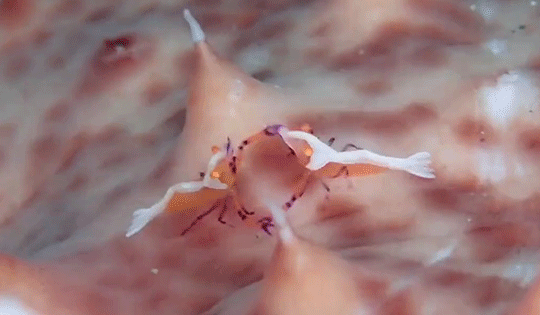

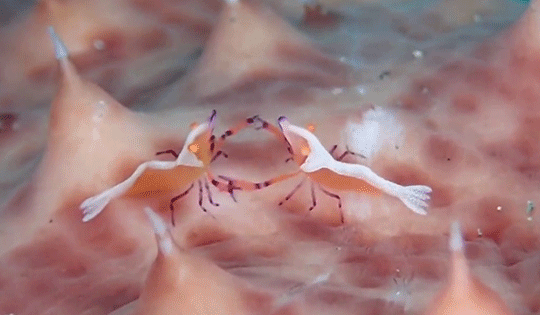
Two tiny shrimps battle each other on the back of a sea cucumber, filmed at a depth of 15m.
Seacrop Diving School | Japan
#ocean#japan#sea cucumber#shrimp#haven't the faintest idea what the species are sorry! i just like their lil hands lol#edit:#emperor shrimp#juvenile empy shramps to be exact!#thank u to the people who told me in the notes!#a battle of kings......
63K notes
·
View notes
Photo

Part 2
#gorebyss#huntail#gulper eel#dragalge#horsea#gastrodon#nudibranch#pyukumuku#urchin#pincurchin#sea cucumber#seahorse#seadragon#pokemon#pokémon#biology#marine biology#gggermicide
18K notes
·
View notes
Text

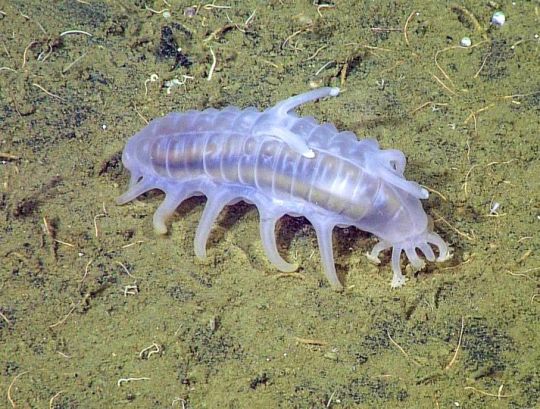
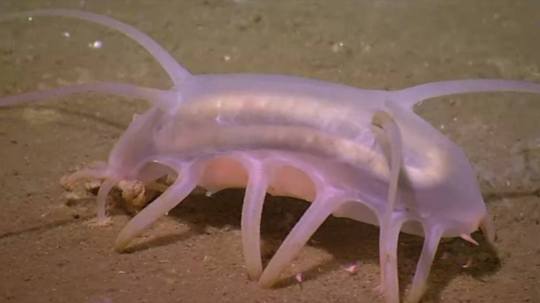

Sea Pig (Scotoplanes globosa), family Elpididae, specimens found in the deep sea off of the Pacific Coast of North America
The Sea Pig is a benthic deep-sea sea cucumber (class Holothuroidea) that walks using long tube-like limbs.
Like most sea cucumbers, they feed on detritus.
They have often been see congregating in groups of up to 30 individuals.
The 3 species of Scotoplanes are difficult to tell apart by sight.
photographs via: MBARI
#ocean#sea pig#scotoplanes#elpididae#holothuria#sea cucumber#echinoderm#animals#nature#north america
1K notes
·
View notes
Photo


Pearlfish live in the anuses of sea cucumbers
6K notes
·
View notes
Photo

Gummy squrrel
A bizarre gelatinous creature that resembles a half-peeled banana was spotted by researchers in the Pacific Ocean. The creature, known as a gummy squirrel (Psychropotes longicauda), is actually a sea cucumber and was around 2 feet (60 cm) long.
(Image credit: DeepCCZ Expedition; Gordon & Betty Moore Foundaton and NOAA)
#deepccz expedition#gordon & betty moore foundation#noaa#photographer#gummy squirrel#pacific ocean#psychropotes longicauda#sea cucumber#marine#nature
2K notes
·
View notes
Text
Spectacular seafloor finds. 💜
This is Psychropotes longicauda, one of the sea cucumber species commonly observed at MBARI’s research site Station M. These sea cucumbers grow from 75 to 150 millimeters (three to six inches) long and feed on detritus that drifts down from surface waters. This group of sea cucumbers is found worldwide in very deep waters ranging from 2,000 to 6,000 meters (6,560 to 19,685 feet). Although they have the ability to swim, researchers aren’t exactly sure what the large fin is used for in this species.
Long-term studies at Station M have revealed that this species of sea cucumber seems to prefer eating older detritus that has been partially decomposed by bacteria. The observations made over the last three decades of research at Station M provide a glimpse into the dynamics of life on the ocean floor.
250 notes
·
View notes
Text


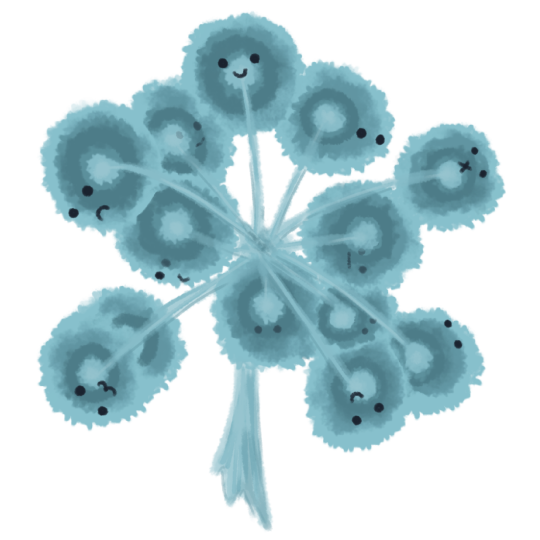
#just some sea creatures#for sticker designs prob#i know they dont have faces but#its called anthropromorphising#animals#zoology#marine biology#ping pong tree sponge#sea cucumber#sea pinapple#chordata#sponges#echinoderm
219 notes
·
View notes
Text

Lady with an Ermine by Leonardo da Vinci
1K notes
·
View notes
Note
Thoughts on sea cucumbers?

You literally cannot design a better animal than this
4K notes
·
View notes
Text
Today is Wet Beast Wednesday!
Today’s wet beast is: Pearlfish


Olive’s wet beast fact: Pearlfish can commonly be found inside the anus of a sea cucumber for shelter. Just like me and your mom last night.
Stay tuned for more Wet Beast Wednesdays!
#pearlfish#wet beast wednesday#sea cucumber#aquarium#marine biology#fish#oceanposting#sea creatures#deep sea#ocean#marine life#fishblr#zoology#science
643 notes
·
View notes
Text

Sea gherkin (Pawsonia saxicola)
By: Heather Angel
From: The Complete Encyclopedia of the Animal World
1980
#sea cucumber#echinoderm#invertebrate#1980#1980s#Heather Angel#The Complete Encyclopedia of the Animal World (1980)
533 notes
·
View notes
Text


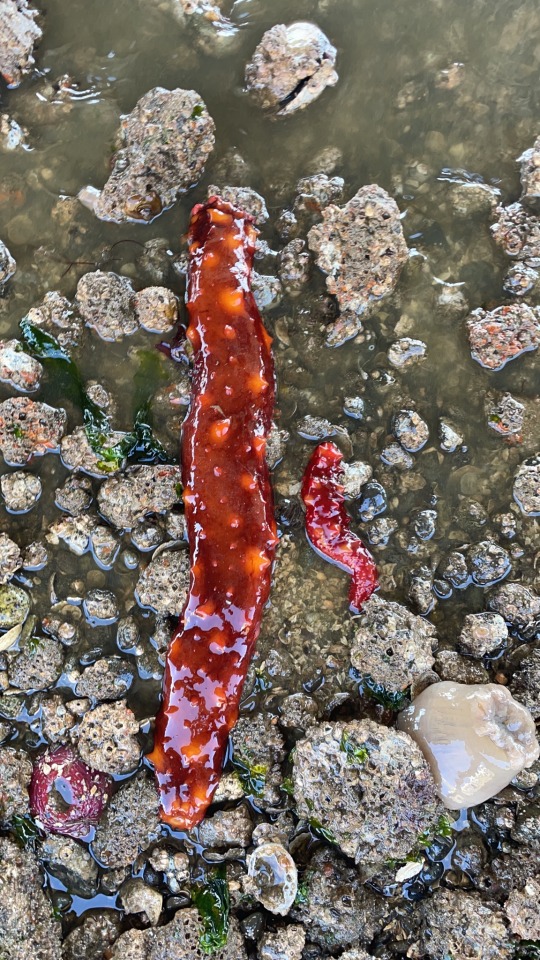

I’ve never seen a wild sea cucumber before, only the ones in touch tanks!
777 notes
·
View notes
Text
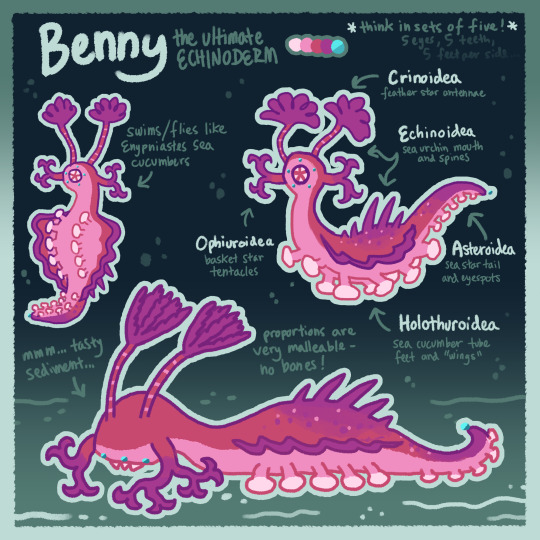
New creature I made I hope you love her :)
352 notes
·
View notes
Text
Pearlfish when they see a sea cucumber’s asshole

235 notes
·
View notes
Text
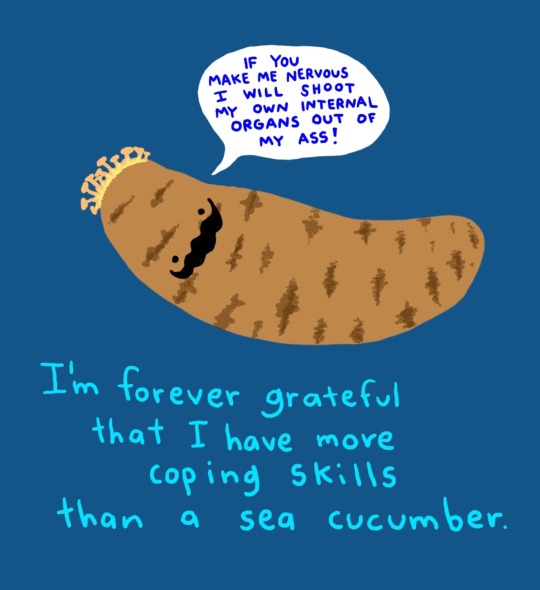
#sea cucumber#coping skills#doodles#bad art#lousy drawings#doodle#positivity#self love#healing#recovery#therapy#don’t make me nervous
546 notes
·
View notes
Text
Animal of the Day!
Pineapple Sea Cucumber (Thelenota ananas)
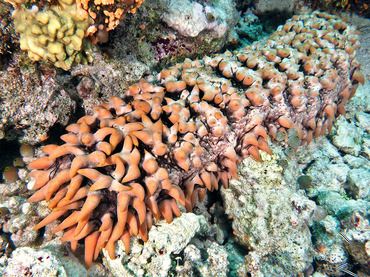
(Photo from Florent’s Guide to the Tropic Reefs)
Conservation Status- Endangered
Habitat- Indo-West Pacific Ocean
Size (Weight/Length)- 6 kg; 70 cm
Diet- Algae
Cool Facts- Pineapple sea cucumbers are the kings of the sandy bottom. Active mostly during the day, these sea cucumbers wiggle their way across the ocean floor using numerous tube-like feet. They sift through sand with their large mouth for algae, helping to recycle nutrients like a true bottom feeder. The pineapple sea star plays host to hundreds of parasites, up to 800 unique species at one time, some never known to science until the discovery of this cucumber. Despite their numerous parasites, the pineapple sea cucumber is a delicacy in China and has resulted in their sharp population decline.
Rating- 11/10 (Has ananas in its scientific name, I applaud scientists.)
#animal of the day#animals#sea cucumber#marine life#wednesday#january 10#pineapple sea cucumber#biology#science#conservation#the more you know
128 notes
·
View notes